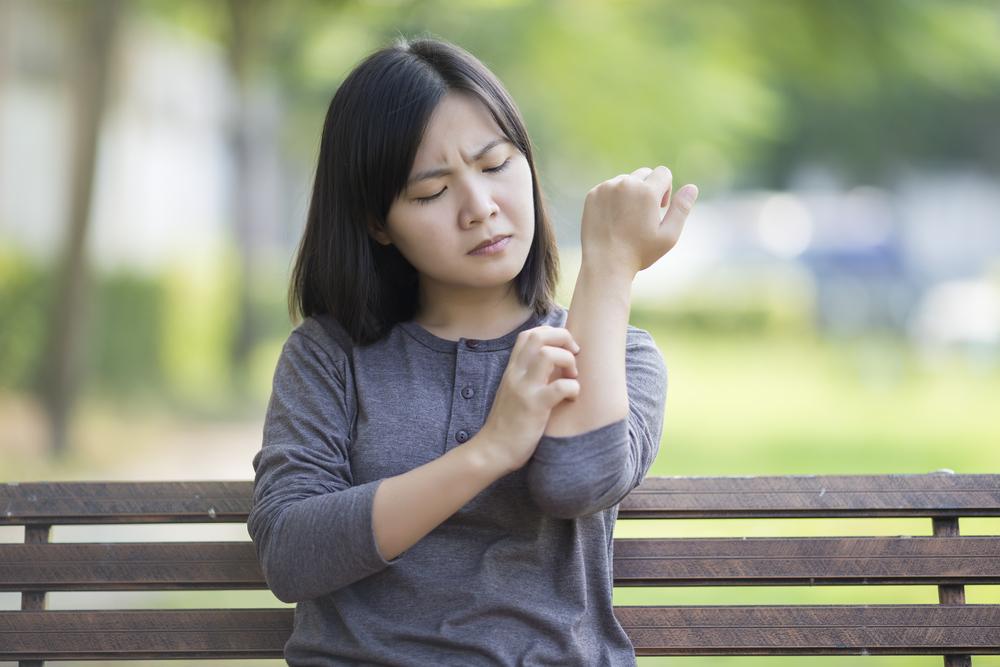Essential Facts To Know For Coexisting With Psoriasis
Essential facts to know for coexisting with psoriasis
Irrespective of how healthy we eat or how regularly we workout, there are certain health conditions that can still affect us and wreak havoc on our system. One such condition that disrupts an individual’s normal life is psoriasis. Psoriasis is a skin disease that is known to affect millions of people in the country. An individual suffering from psoriasis has to deal with various things including keeping the painful condition in check and dealing with the prejudices attached to this condition.

Psoriasis skin disease can affect anyone irrespective of their age, and the condition can worsen further without appropriate treatment methods. Moreover, it is imperative to know that psoriasis is a skin disease that cannot be cured completely; however, this condition can be brought under control with the help of certain topical agents and medications as prescribed by the physician. Read on to know more about this condition and how to devise ways to live with this condition.
What triggers psoriasis?
- Psoriasis skin disease is an autoimmune disorder that results in the rapid buildup of skin cells on the surface of the skin. This results in the formation of scales on the skin and affects the hands, feet, neck, face, and scalp.
- A psoriasis flare-up results in the onset of inflammation and redness around the affected area. Also, the psoriatic scales appear whitish-silver and form thick, red patches.
- There are certain triggers that cause psoriasis to flare up. Stress, injury, alcohol, infection, and certain medications like lithium or high blood pressure medication can trigger psoriasis. When the individual comes in contact with these elements, it results in a sudden flare-up of psoriasis.
What are the different types of psoriasis?
There are five types of psoriasis. They are as follows:
- Plaque psoriasis : It is the most common type of psoriasis and around 80 percent of the population affected by psoriasis suffer from this particular type. It results in the appearance of red, inflamed patches that affect different areas of the skin.
- Guttate psoriasis : This type of psoriasis skin disease occurs during childhood and causes small pink spots to appear on the surface of the skin. It mostly affects the arms, legs, and torso.
- Pustular psoriasis : It is more common among adults and results in the appearance of white, pus-filled blisters across the skin. Also, it covers broad areas of the skin causing redness and inflammation.
- Inverse psoriasis : This type of psoriasis skin disease mostly affects the armpits, breast, groin, and the skinfold around the genitals. It results in the appearance of bright, shiny, red, inflamed skin.
- Erythrodermic psoriasis : This type of skin psoriasis is quite rare and severe. It affects a major section of the body all at once, and the skin takes on a sunburned appearance. This condition can be life-threatening, and the scales that develop slough off in large sections.
How is psoriasis diagnosed?
There are two ways of diagnosing psoriasis. They are as follows:
- Physical examination : Psoriasis is a skin disease that is quite evident, and it is easy to distinguish it from other skin diseases. Usually, doctors make a diagnosis with a regular physical examination. They examine the symptoms, and since the scaly, inflamed skin is often indicative of psoriasis, it becomes easier for them to diagnose the condition. It is imperative that the patient shows all the affected areas to the doctor. Moreover, it is necessary to inform the doctor if anyone from the patient’s immediate family suffers from this condition since psoriasis is a skin disease that has genetic undertones.
- Biopsy : This form of diagnosing involves taking a small sample of the skin and sending it to the lab for testing. This is done to rule out the possibility of other disorders or infections.
Are there any diet recommendations for people with psoriasis?
People with psoriasis are highly susceptible to flare-ups and adhering to a wrong diet can trigger the flare-ups. So, here are some diet recommendations for people with psoriasis.
- Reduce the intake of saturated fats found in animal products such as meats and dairy. Add more lean proteins that contain omega-3 fatty acids to the diet.
- If the individual is overweight, it is imperative that they lose weight to reduce the severity of the condition. It even makes the treatment more effective.
- It is essential that the individual avoid trigger foods such as red meat, refined sugar, processed foods, and dairy products.
- Alcohol is among the major triggers of a psoriasis flare-up. So, avoid consuming alcohol.
- Vitamin-rich food has a positive impact on people with this condition. So, consider adding vitamin supplements to the diet.
Tags- Psoriasis skin diseases


